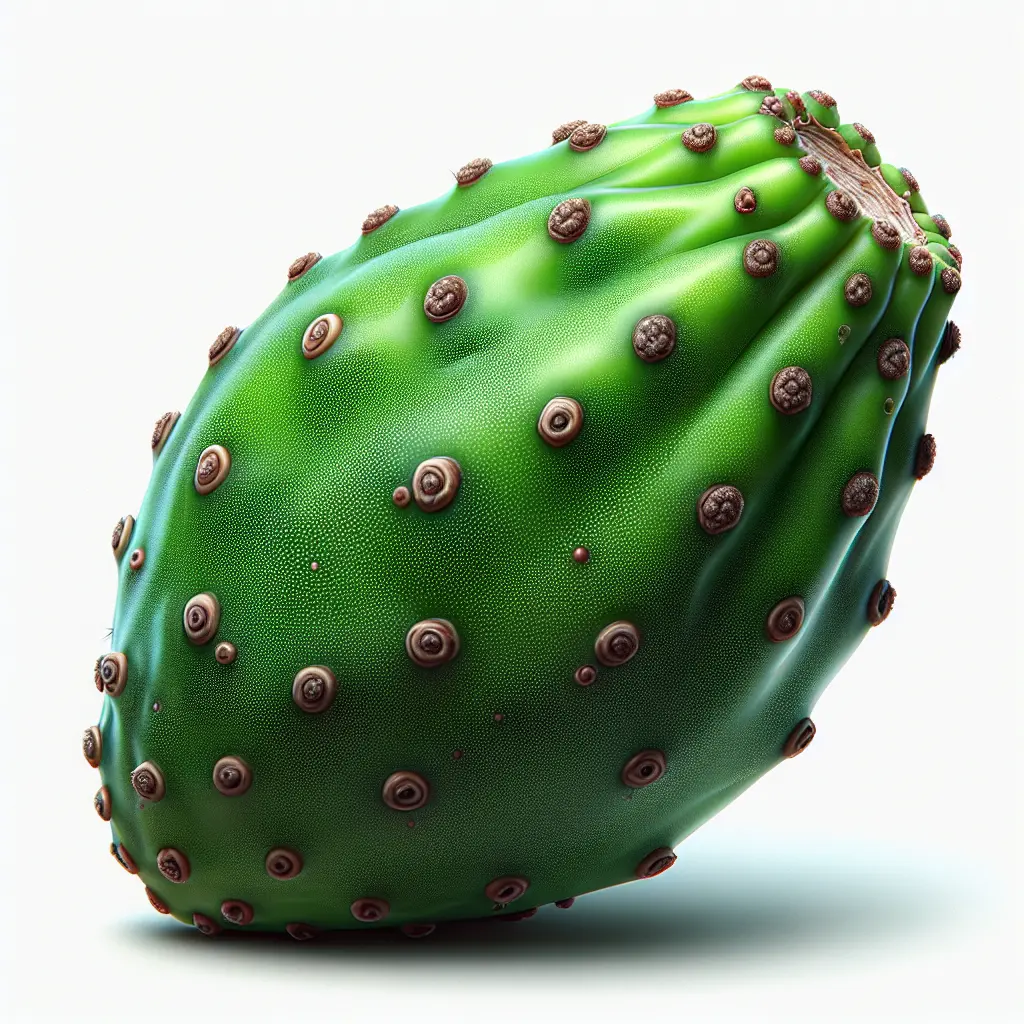Prickly Pears: A Nutritionally Dense Superfood
Prickly pears, the fruit of the prickly pear cactus (Opuntia ficus-indica), are a nutritional powerhouse with a wide range of health benefits. They are native to arid regions of the Americas, including Mexico, the United States, and South America. Prickly pears have a unique appearance, with a spiky exterior and a juicy, sweet flesh. Despite their prickly exterior, they are a delicious and nutritious fruit that can be enjoyed in various ways.
Nutritional Profile
Prickly pears are low in calories and fat, making them a great snack or addition to meals. They are a good source of dietary fiber, which is important for maintaining a healthy digestive system and promoting satiety. Prickly pears are also a good source of vitamins and minerals, including vitamin C, potassium, and magnesium. They are also a good source of antioxidants, which can help protect the body from damage caused by free radicals.
- Calories: 42
- Protein: 0.8 grams
- Fat: 0.5 grams
- Carbohydrates: 9.9 grams
- Fiber: 3.7 grams
- Sugar: N/A
- Serving: 1 fruit without refuse
Health Benefits
Prickly pears have been linked to a number of health benefits, including:
- Improved blood sugar control: Prickly pears have a low glycemic index, meaning they do not cause a rapid spike in blood sugar levels. This makes them a good fruit choice for people with diabetes or prediabetes.
- Reduced cholesterol levels: Prickly pears contain compounds called saponins, which have been shown to reduce cholesterol levels.
- Improved heart health: Prickly pears are a good source of antioxidants, which can help protect the heart from damage. They also contain fiber, which can help lower blood pressure.
- Boosted immunity: Prickly pears are a good source of vitamin C, which is essential for a healthy immune system.
- Reduced inflammation: Prickly pears contain anti-inflammatory compounds, which can help reduce inflammation throughout the body.
How to Enjoy Prickly Pears
Prickly pears can be enjoyed in a variety of ways. They can be eaten fresh, juiced, or cooked. The fruit can be added to smoothies, salads, or desserts. The pads of the prickly pear cactus can also be eaten and are a good source of nutrients.
Here are a few ideas on how to enjoy prickly pears:
- Eat them fresh, peeled and diced, as a snack or dessert.
- Juice them and add them to smoothies or other drinks.
- Cook them into jams, jellies, or preserves.
- Add them to salads for a sweet and crunchy touch.
- Use them as a topping for oatmeal or yogurt.
Conclusion
Prickly pears are a delicious and nutritious fruit that can be enjoyed in a variety of ways. They are a good source of dietary fiber, vitamins, minerals, and antioxidants, and they have been linked to a number of health benefits. If you are looking for a healthy and delicious addition to your diet, consider adding prickly pears to your next meal or snack.
How many calories are in Prickly Pear?
Each 1 fruit without refuse of Prickly Pear contains 42 calories.
Prickly Pear Nutritional Information
| Nutrient | Amount per 1 fruit without refuse (103g) |
|---|---|
| Calories | 42 Calories |
| Protein | 0.8g |
| Fat | 0.5g |
| Saturated Fat | 0.1g |
| Cholesterol | 0mg |
| Carbohydrates | 9.9g |
| Dietary Fiber | 3.7g |
| Sugar | g |
| Sodium | 0.0052mg |
| Potassium | 0.2266mg |
| Calcium | 0.058mg |
| Iron | 0.0003mg |
